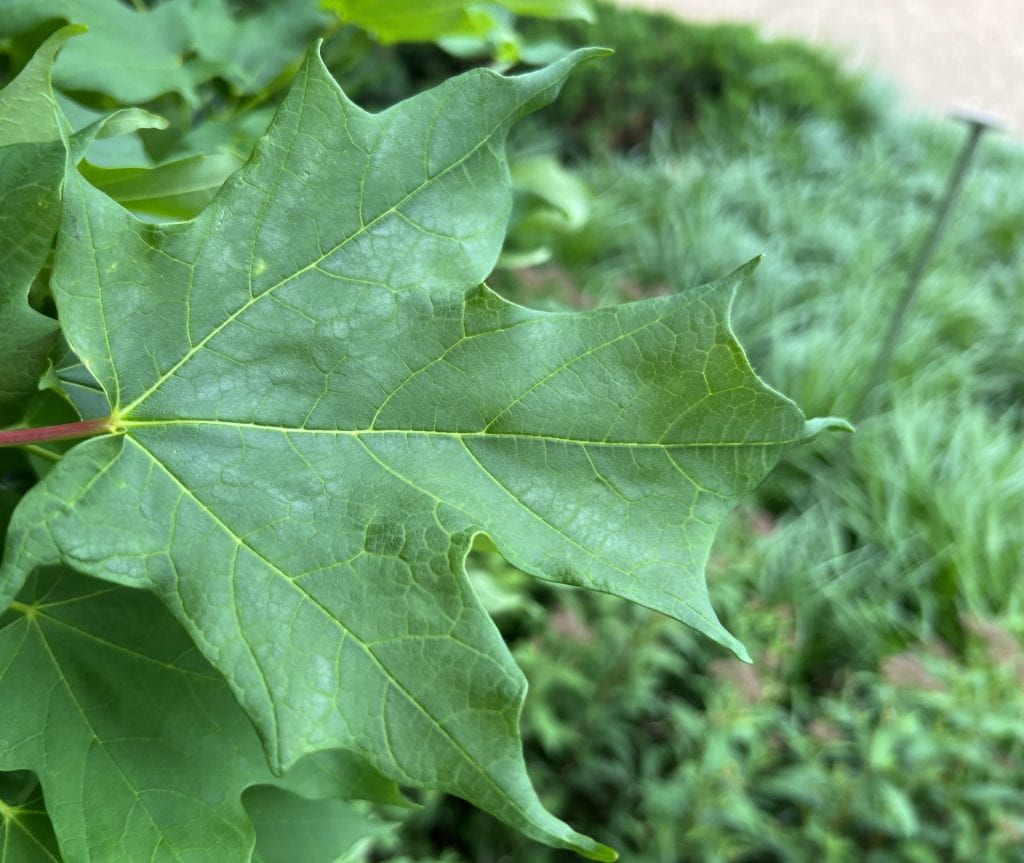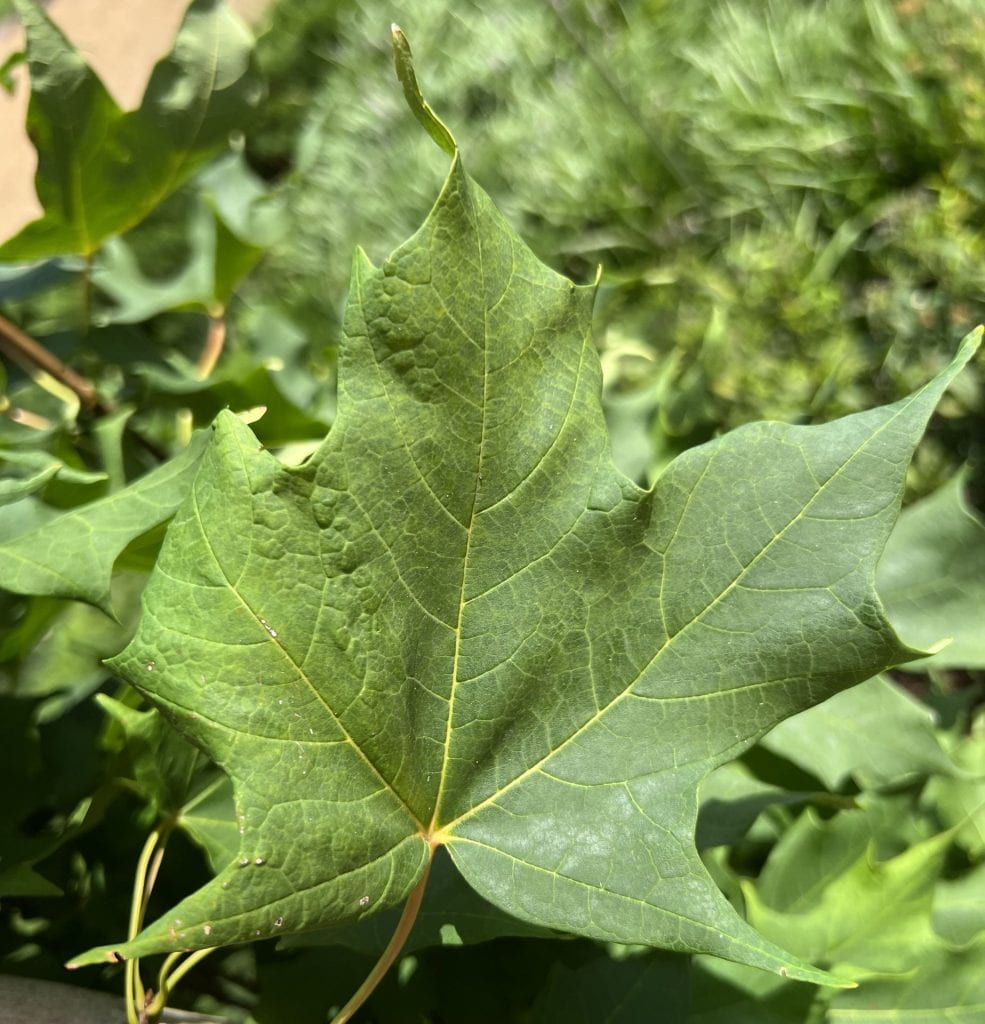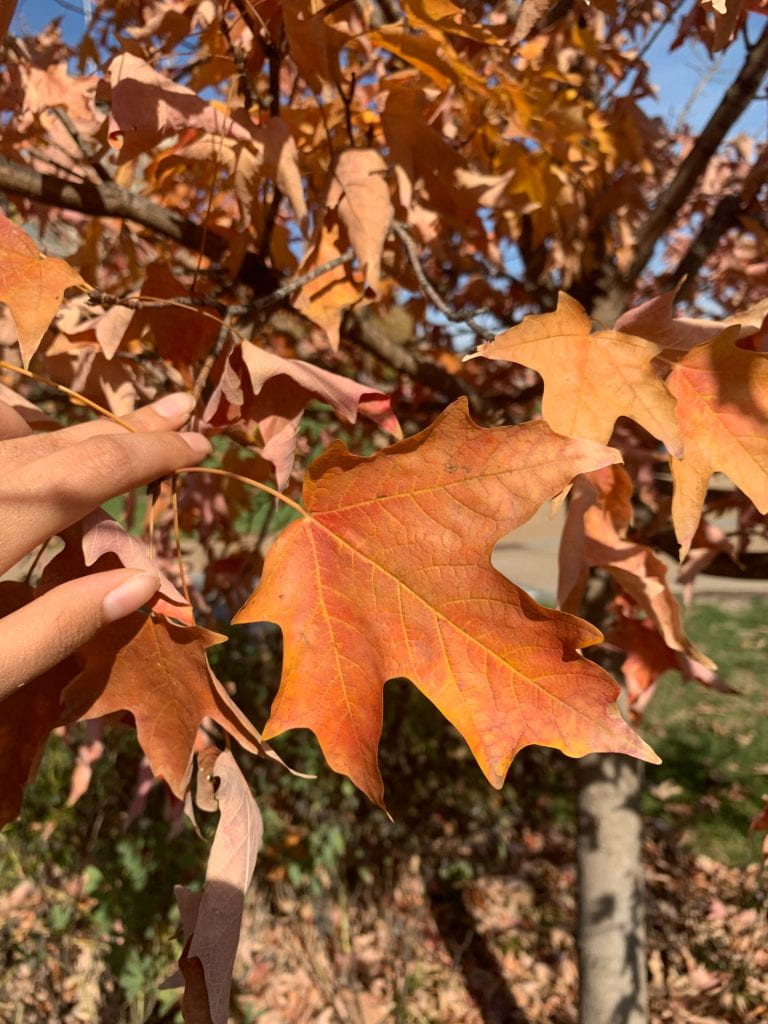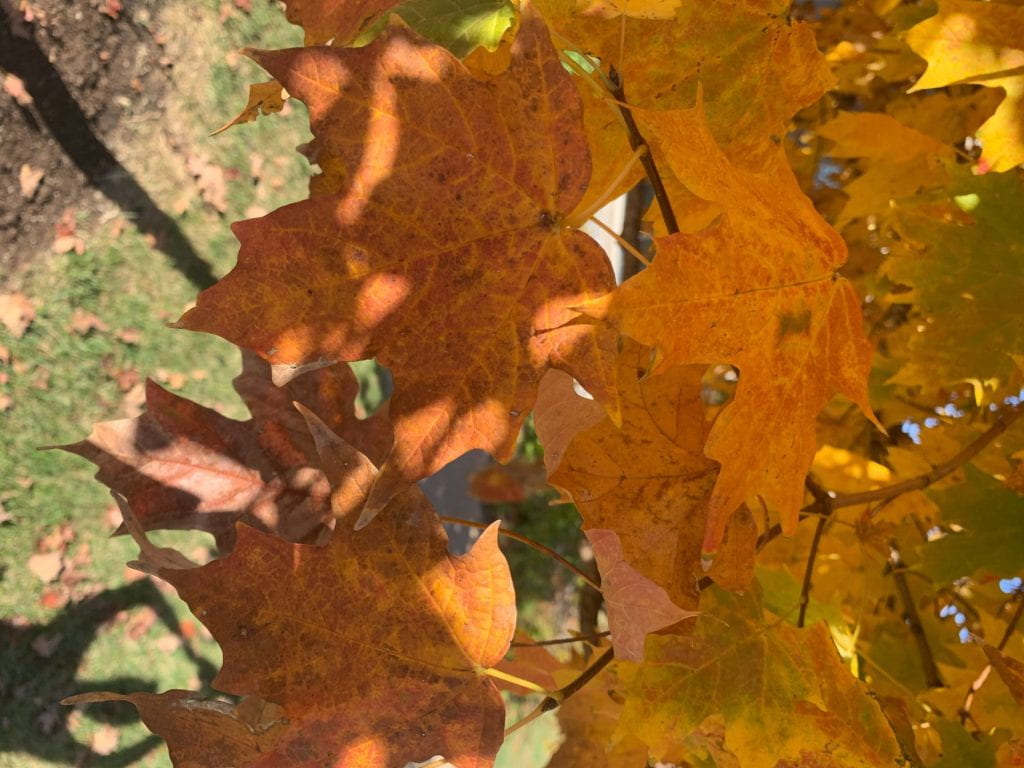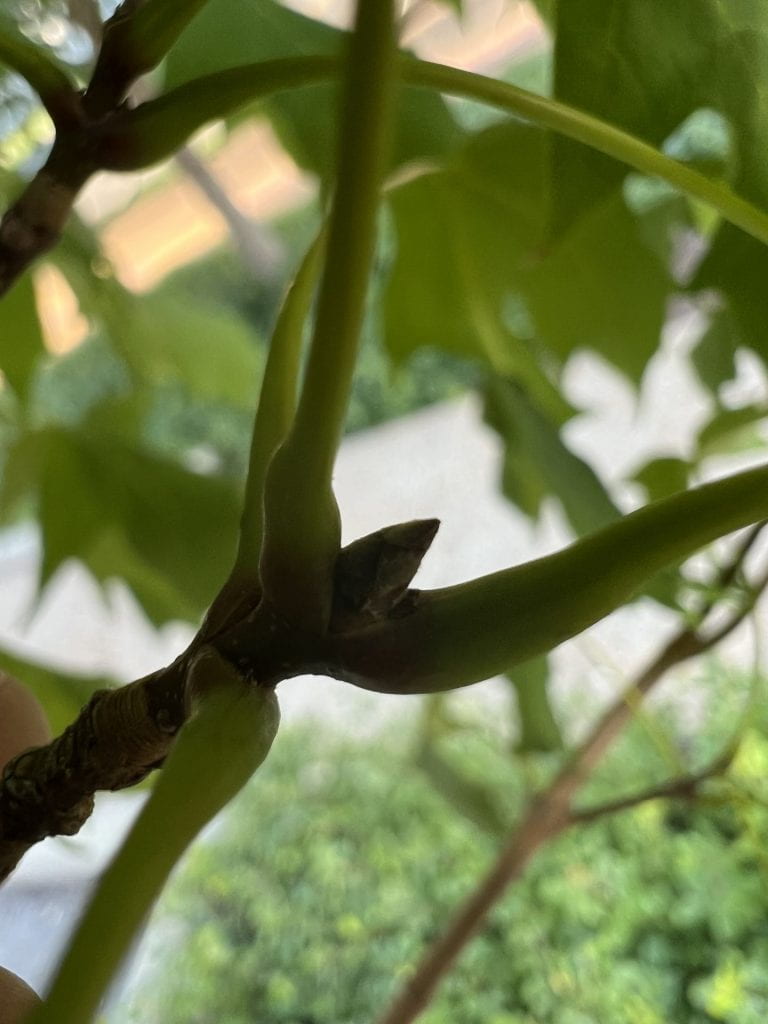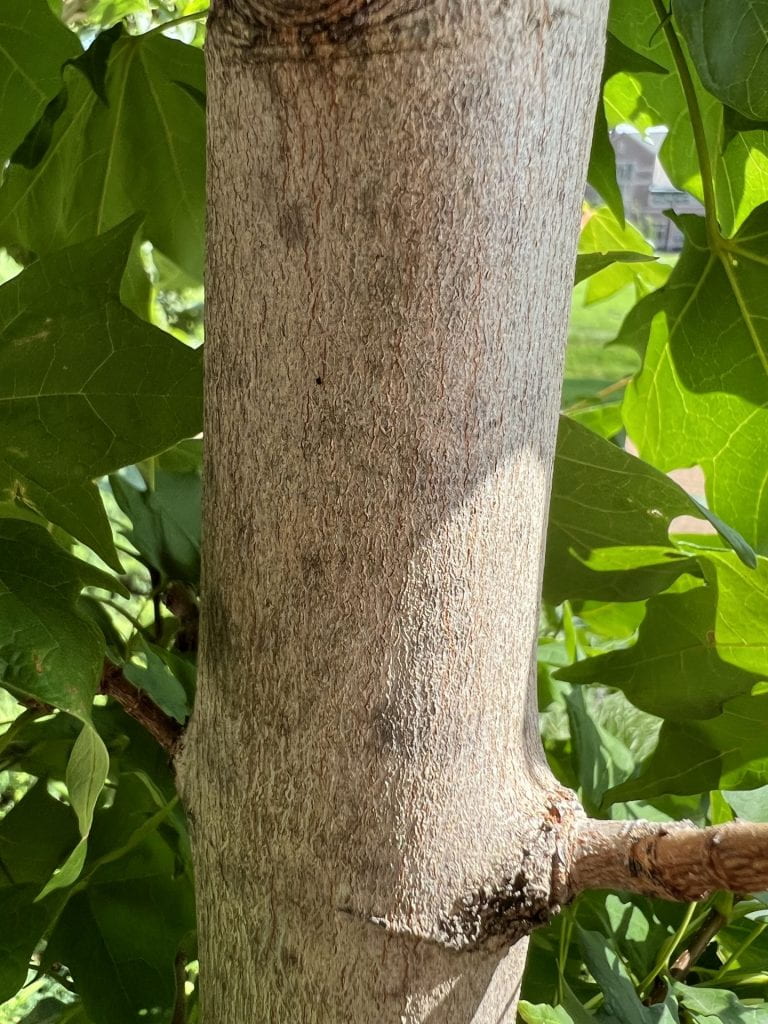Sugar Maple
Arbor Walk #46, Treekeeper ID #2067

This iconic tree is native to much of Eastern North America, where it is a dominant component of hardwood forests from Canada to Missouri. Loved for its exceptional fall color ranging from brilliant yellow to burnt-orange, the tree is often considered to be responsible for the reputation of New England as the home of vibrant fall color. Native Americans taught early European settlers how to tap this tree to make maple syrup, and the resulting multi-billion dollar industry has made its leaf the national symbol of Canada. The Flashfire® cultivar features exceptionally vibrant red coloration earlier in the fall, as well as better resistance to summer heat and mildew than the species tree.
More information on the Sugar Maples in our Arboretum here, here, and here!


GPS Coordinates
N/A
Percent Concrete
N/A
Distance to Buildings
| Year | Close Building #1 | Close Building #2 | Close Building #3 |
|---|---|---|---|
| 2020 | Somers Family Hall, 19.39 m | Monsanto Laboratory, 63.46 m | McDonnell Hall, 64.15 m |
Distance to Other Species
| Year | Close Species #1 | Close Species # 2 | Close Species # 3 |
|---|---|---|---|
| 2020 | Blackgum, 4.59 m | Northern Red Oak, 12.19 m | Magnolia spp., 16.62 m |
Standard Measurements
| Year | Height (m) | DBH (cm) | Caliper (m) | Crown Diameter N-S (m) | Crown Diameter E-W (m) | Average Crown Diameter (m) |
|---|---|---|---|---|---|---|
| 2020 | N/A | N/A | N/A | 2.34 | 2.29 | 2.265 |
| 2023 | 5.52 | 7.3 | N/A | 2.9 | 2.2 | 2.55 |
Nests and Pests
| Year | Description |
|---|---|
| 2020 | 1 bagworm Green plastic (likely intentional) embedded in trunk at base of a large gash |
Leaf Identification
The leaves of the Sugar Maple are simple (no leaflets), oppositely arranged on the stem, palmately veined, and lobed. Technically, the Sugar Maple has 5 lobes, although the two basal lobes are not as large as the others, but they each have a major vein along their length. The upper lobes are set at ~45 degree angles from each other with deep sinuses, and are pointed at the tip, often with multiple tips on one lobe. The leaf is green and turns a variety of autumn hues in the fall.
Twig and Bud Identification
The twig is light brown with lenticels (pores), not zig zag, and knobbed at the leaf axils. While the axillary buds are minuscule and can be hidden under the petiole, the terminal buds are many-scaled, pointed, and clustered in threes, with the middle bud being the longest.
Bark Identification
The bark of the Sugar Maple is smooth and gray-brown when young. Over time, it develops vertical markings that form light brown thin vertical plates.
Fruit Identification
The fruit of the Sugar Maple is a double samara (seed with papery winged seed coat), attached such that the two samaras form a U- or V-shape. They will turn brown as they mature. They ripen at the start of fall.
Flower Identification
The flowers are in drooping yellowish-green clusters, with apetalous flowers. The sugar maple may either be monoecious or dioecious. The flowers bloom in early spring.
‘JFS-Caddo2’ Identification
This cultivar features exceptionally vibrant red coloration earlier in the fall, as well as better resistance to summer heat and mildew than the species tree.
‘Bailsta’ Identification
This cultivar is more winter resistant, as well as being a quick grower and rounded in form. The leaves are more glossy and waxy than the wild-type tree.
‘Caddo’ Identification
This cultivar is more resistant to heat, drought and urban pollution compared to the species tree.
‘Monumentale’ Identification
This cultivar is tall and narrow, with a thin cylindrical shape. This cultivar will only reach 30′ in height, but still provides nice orange fall color.






